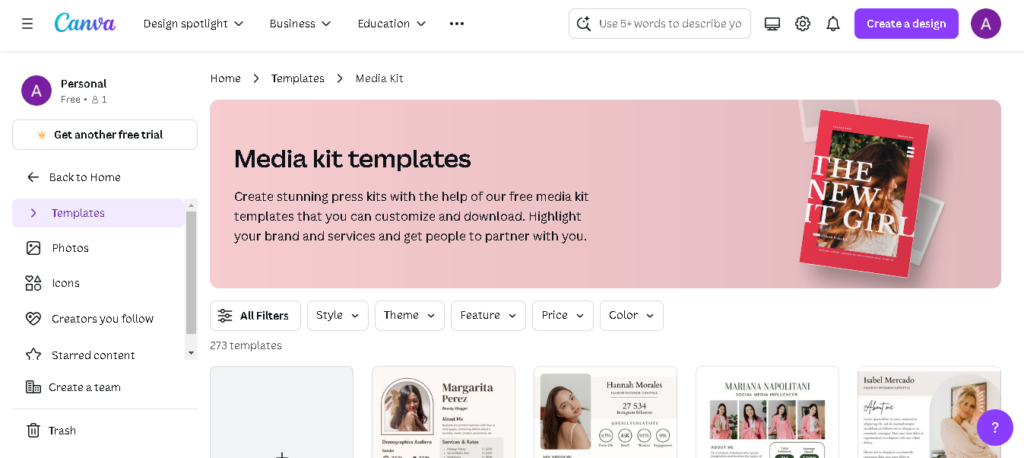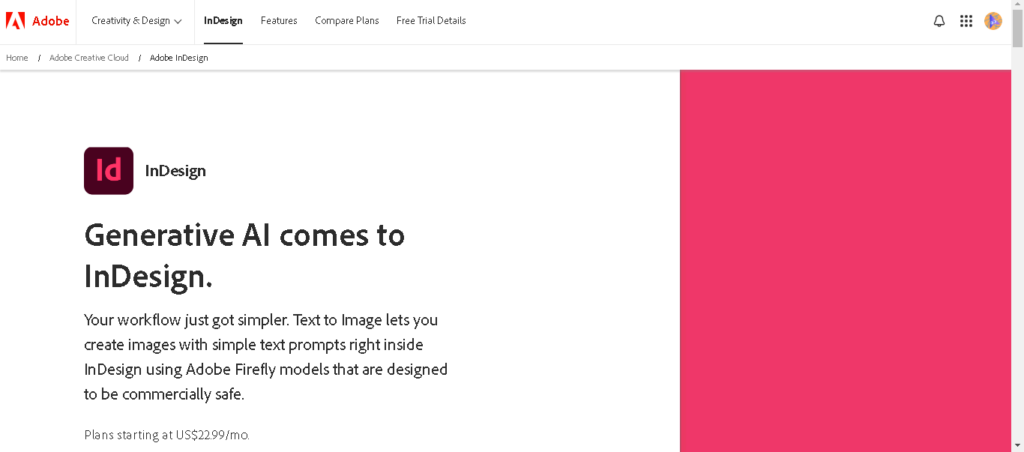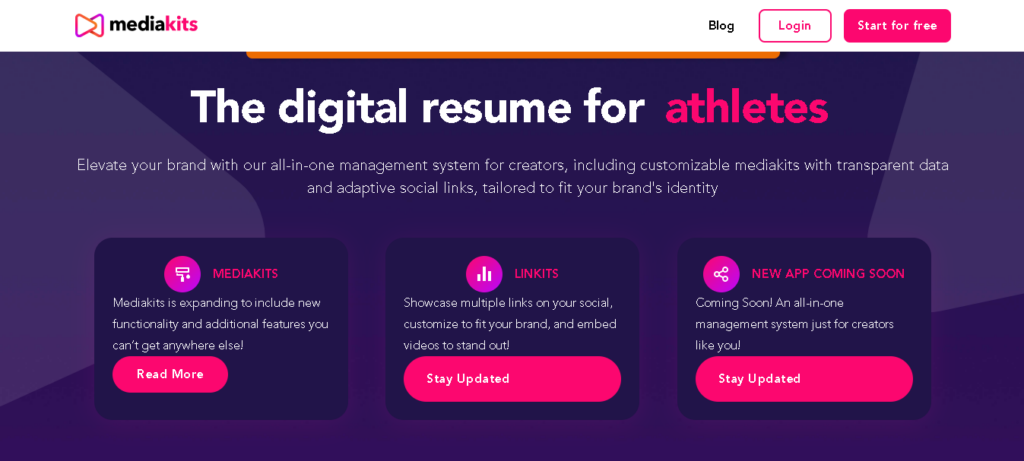In today’s digital era, a robust and visually captivating media kit is akin to having a polished CV in the corporate world—it’s the first impression that can make or break a potential collaboration. If you’re a content creator, influencer, or marketer, you understand the value of a media kit: it’s your portfolio, your PR agent, and your brand bible, all rolled into a compelling PDF or web page. But as the options for tools and platforms continue to grow, how do you select the right one? This comprehensive guide will not only take you through choosing a media kit generator but also unlock the secrets to creating a media kit that truly stands out.
Table of Contents
What is a Media Kit, and Why Do You Need It?
Before we discuss media kit generators, it’s important to understand what a media kit is and its role in your digital strategy. A media kit, or press kit, is a document that outlines the key facts and statistics about your blog, website, or business. It is a tool that provides potential clients or collaborators with an overview of who you are, what you do, and the value you can add to their brand. In essence, it’s your elevator pitch in the form of data.
But why is a media kit important? Here are a few key reasons:
- Professionalism: It showcases your brand in a professional and organized manner.
- Efficiency: It’s a time-saver for both you and the potential partner, as it clearly outlines your offerings.
- Brand Cohesion: A good media kit ensures that your brand’s messaging and aesthetic are consistent across digital platforms.
- Marketing Tool: It serves as a marketing tool, providing an easy-to-digest package of information that can help to win new partnerships.
- Data Repository: It’s a repository of your most critical information and metrics, providing insights into your brand’s reach and influence.
The importance of a media kit is clear, but creating one from scratch can be time-consuming and daunting. This is where media kit generators come in.
Tenets of a Good Media Kit Generator
The digital realm is rife with mediocrity, but that doesn’t mean your media kit has to be. To ensure your brand shines in the sea of competition, you must pick a media kit generator with certain key features:
- Customization: The ability to personalize your media kit to reflect your unique brand. This includes the color scheme, fonts, and layout.
- Analytics Integration: The option to embed or link to your analytics is a game-changer. Being able to present real data that backs your claims is invaluable.
- Ease of Use: No one wants to spend hours learning how to use a new tool. Choose a generator that is intuitive and doesn’t require a steep learning curve.
- Multimedia Support: A great media kit should incorporate images, video, links, and even audio if that’s pertinent to your content.
- Responsive Design: In a world where people view content on various devices, your media kit should look great and be fully functional on any screen size.
- Template Variety: Variety is the spice of life, and the same holds true for your media kit. Having different templates to choose from can make the creation process more enjoyable and increase the chances that you’ll find a design that fits your brand.
- Support and Updates: A company that regularly updates its product and provides responsive customer support is a must, especially if you’re using your media kit to secure partnerships.
Top Media Kit Generators to Consider
With the criteria set, here are some of the best media kit generators in the market:
Canva
Canva has become a household name for content creation, and its drag-and-drop interface makes designing a media kit straightforward and enjoyable. The platform offers a plethora of templates and allows for extensive customization, making it a great choice for those who want maximum control over the look and feel of their media kit.

Adobe Indesign
Adobe Indesign offers a suite of tools that cater to various stages of content creation. The Adobe pedigree means you’re getting top-tier design capabilities, and with Spark’s intuitive interface, you won’t need a graphic design background to create a stunning media kit.

MediaKits
MediaKits is a specialized tool that is designed to help influencers and creators pitch themselves to brands. It offers a simple yet powerful way to create media kits that feature the essential data and aesthetics, without overwhelming users with unnecessary complexity.

Crafting the Perfect Media Kit
Even the most powerful media kit generator won’t yield a perfect media kit without your personal touch. Here are some tips for turning a template into a tailor-made masterpiece:
Know Your Audience
Before you start designing, understand who your media kit is for. Tailor your content to resonate with your audience and their aspirations.
Branding is Key
Your media kit should be an extension of your brand. Ensure that your logo, color palette, and overall aesthetic are consistent with the rest of your online profiles.
Keep It Updated
A media kit is a living document. Periodically update it with new statistics, partnerships, and achievements, ensuring that it always reflects the current state of your brand.
Focus on Impact
Rather than just listing numbers, explain the impact you’ve had on your audience or clients. Use case studies, testimonials, and anecdotes to showcase your work’s tangible results.
Craft a Strong Story
We are wired to respond to stories. Craft a narrative about your brand that’s compelling and memorable. This will make your media kit stand out and make it more likely to leave an impression.
See Also: 9 Best AI Tools for Image Generation
Conclusion
Your media kit is a critical asset in promoting yourself and your brand in the digital space. A good media kit generator can significantly ease the creation process, but the real power comes from your personalization, storytelling, and data curation. By selecting the right tool and implementing the tips shared, you are well on your way to crafting a media kit that opens doors and sets you apart in your industry. With the right tools and the right approach, your media kit will not just be a document—it will be a strategic marketing tool that consistently grows and evolves with your brand.
FAQs
How Often Should I Update My Media Kit?
You should update your media kit at least every quarter to ensure that all the information in it is recent, including your statistics and achievements. However, if you have a significant change, like hitting a new milestone or partnering with a major brand, you should update it immediately.
Should I Send My Media Kit in PDF or HTML Format?
This largely depends on your audience and your content type. For general purposes, a PDF is more versatile and easier to manage for both you and the receiver. If you can track engagement with a web-based kit, HTML might serve you best.
How Do I Manage Confidential Information in My Media Kit?
Always be mindful of the information that’s included in your media kit, especially if you’re sharing proprietary data with multiple outside parties. Use password protection on PDFs and consider having a separate, redacted version for initial contacts.
What Metrics Should I Include in My Media Kit?
The metrics you should include will vary depending on your specific brand and niche, but here are some common ones:
- Follower Counts
- Engagement Rates
- Website Traffic
- Demographic Data of Your Audience
- Previous Brand Collaborations
Remember, focus on the quality of your followers, not just the quantity. Advertisers are increasingly looking for influencers with high engagement rates and a more nuanced understanding of their audience.




